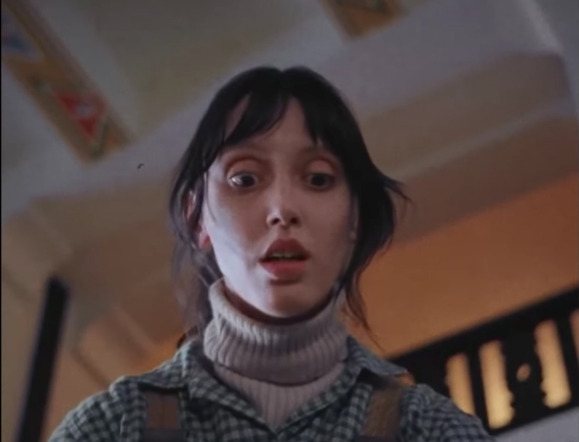Great horror films aren’t just about creepy visuals and jump scares. They’re about the entire visceral experience of terror. That means that, in addition to those visuals, you need an appropriate score that will send a chill down the audience’s spine and further draw them into the anxiety-rich world you’ve created. In a new video from the music experts at Reverb, we can see how horror film scores have evolved over the years, how they attached themselves to different musical trends, and attempted to manipulate audience expectations to provoke the desired reaction.
Unsurprisingly, the horror films of classic Hollywood had fairly standard classic Hollywood music. Lush string sections and pounding timpani drums underscored the dramatic antics of Boris Karloff’s Frankenstein and Christopher Lee’s Dracula. But, as things progressed into the 1970s and early 80s, filmmakers began to experiment with minimalism. The simple, repeated character theme in John Carpenter’s iconic Halloween score forced audiences to sit in the tension of a masked stalker roaming their suburban streets. By utilizing synthesizers and the other electronic instruments at their disposal, composers could evoke more subtle reactions rather than always playing to the highest emotion.
In the modern era, horror scores have come to incorporate all the techniques of the previous decades. Shows like Stranger Things and movies like It Follows have synth and string-heavy music that plays to the audience’s sense of nostalgia. Other films eschew scores almost completely and instead use low frequency effects to highlight their scariest moments. With no one trend dominating the market in recent years, there’s no telling what kind of creepy scores we can expect to see in the future. We just know it’ll be scary.
Send Great Job, Internet tips to [email protected]
